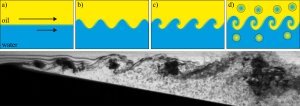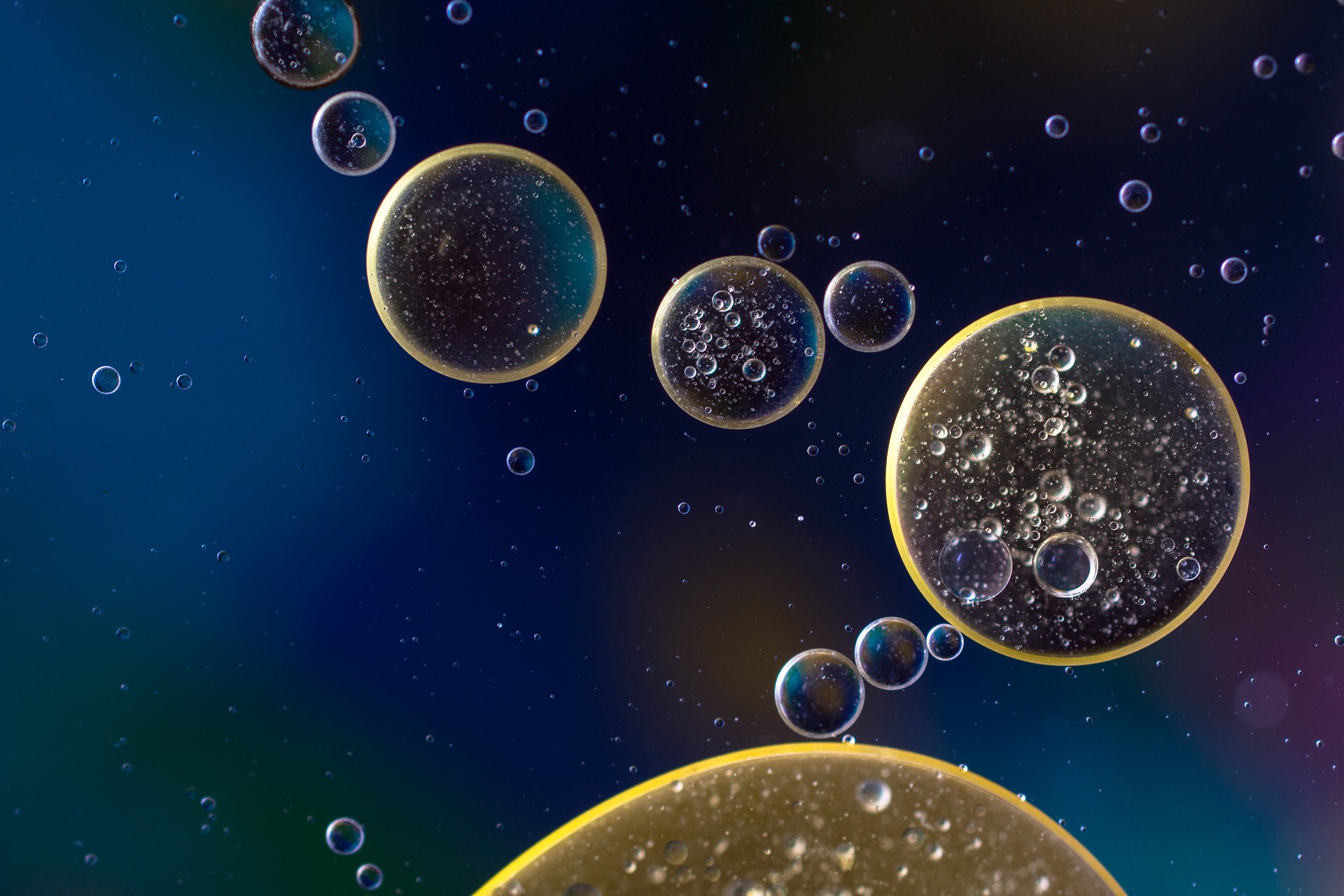Researchers from the Laboratory for Hydraulic Machinery (LVTS) together with researchers from Argonne National Laboratory, Advanced Photon Source (USA) conducted an experimental study of emulsion preparation in a microfluidic channel. The results of the research were published in the journal Ultrasonics Sonochemistry (IF=8.4).
Emulsions are heterogeneous systems consisting of two immiscible liquids, where one is dispersed within the other in the form of small droplets. In this way, for example, one can include substances that are soluble only in oil in water-based products. With this, lower consumption of solvents and various other toxic substances can be achieved. For this reason, emulsions are widely used in the food industry, as well as in cosmetic, agricultural, medical and pharmaceutical products.

In recent years, LVTS has devoted a lot of work into the research of cavitation emulsification, from the level of individual cavitation bubbles, through ultrasonic emulsification, to more complex (pilot) systems. In the paper, they published the results of observing the oil-water emulsification process inside the micro-Venturi channel. The phenomena were monitored in the visible and X-ray spectrum of light, which enabled significantly better insight into the process of emulsion formation. In more detail, they investigated the occurrence and influence of the Kelvin-Helmholtz instability on the emulsification process. Instability, discovered for the case of cavitation 3 years ago by the same group of researchers, turned out to be the key mechanism leading to extremely efficient and rapid emulsification.
The study thus opens the possibility for further research, and above all, the introduction of an optimized process into various processes in the industry.
